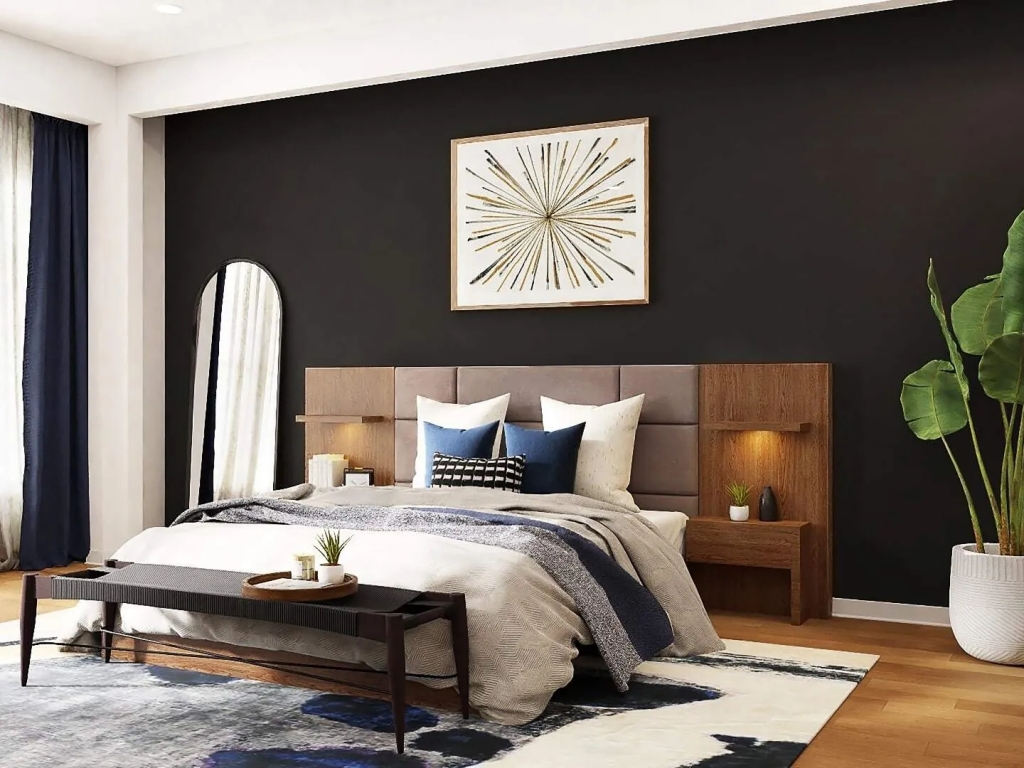Introduction:
Pronounced as “mù jiā sì” in Mandarin, refers to wooden furniture that holds a special place in the world of interior design and craftsmanship. With a rich history deeply rooted in traditional Chinese culture, wooden furniture has evolved over the years, blending tradition with modern aesthetics. In this article, we will delve into the significance, craftsmanship, and enduring appeal of 木傢俬.
Historical Significance:
The use of wood in furniture making has a long and esteemed history in China, dating back thousands of years. Traditional Chinese wooden furniture is often characterized by its exquisite craftsmanship, attention to detail, and the use of high-quality materials. Early designs were influenced by Confucian and Daoist philosophies, emphasizing simplicity, harmony, and the integration of natural elements.
Types of Wood Used:
A variety of wood species are employed in crafting, each contributing unique qualities to the finished piece. Classical favorites include hardwoods such as rosewood, mahogany, and teak, renowned for their durability and distinctive grain patterns. Additionally, lighter woods like pine and bamboo are often used to create furniture that exudes a more airy and relaxed ambiance.
Craftsmanship:
Crafting involves a meticulous and time-honored process that requires skilled artisans. Traditional Chinese woodworking techniques such as mortise 實木餐枱 and tenon joinery are frequently employed. These techniques, passed down through generations, involve fitting together pieces of wood without the use of nails or screws, resulting in furniture that is not only sturdy but also showcases a seamless, elegant design.
Design Aesthetics:
The design aesthetics of are deeply influenced by Chinese culture, incorporating elements such as auspicious symbols, intricate carvings, and meaningful motifs. Traditional furniture pieces often feature straight lines and clean edges, reflecting a sense of balance and order. However, modern iterations of wooden furniture may embrace innovative designs and contemporary influences while still respecting the essence of traditional craftsmanship.
Versatility in Usage:
One of the strengths of lies in its versatility. From intricately carved antique cabinets to minimalist modern dining tables, wooden furniture can complement a wide range of interior styles. Its warmth and timeless appeal make it suitable for both traditional and contemporary settings, allowing homeowners to infuse their spaces with a touch of nature and elegance.
Sustainability and Environmental Considerations:
In recent years, there has been a growing awareness of the environmental impact of furniture production. As a response, many furniture makers are turning to sustainable practices, using responsibly sourced wood and eco-friendly finishing methods. This shift towards sustainability ensures that the beauty of can be enjoyed without compromising the well-being of the environment.
Conclusion:
Embodies the essence of Chinese craftsmanship, combining traditional techniques with modern sensibilities. With its rich history, diverse wood options, and timeless design, wooden furniture continues to be a symbol of beauty, durability, and cultural heritage. Whether it’s an antique rosewood cabinet or a contemporary teak dining table, 木傢俬 serves as a testament to the enduring allure of wooden craftsmanship in the world of interior design.

Leave a comment